Gardening trends come and go, but certain plants could soon vanish from backyards for reasons far more serious than style. Across the U.S., lawmakers and environmental agencies are cracking down on invasive species, noxious weeds, and harmful flora that threaten native ecosystems or pose health risks. Some of these plants have been beloved staples in home gardens for years—but they’re quickly becoming the target of new bans. If you’re planning a garden refresh, you might want to double-check this list of 11 common plants that could soon be illegal in your state.
1. Butterfly Bush (Buddleja davidii)
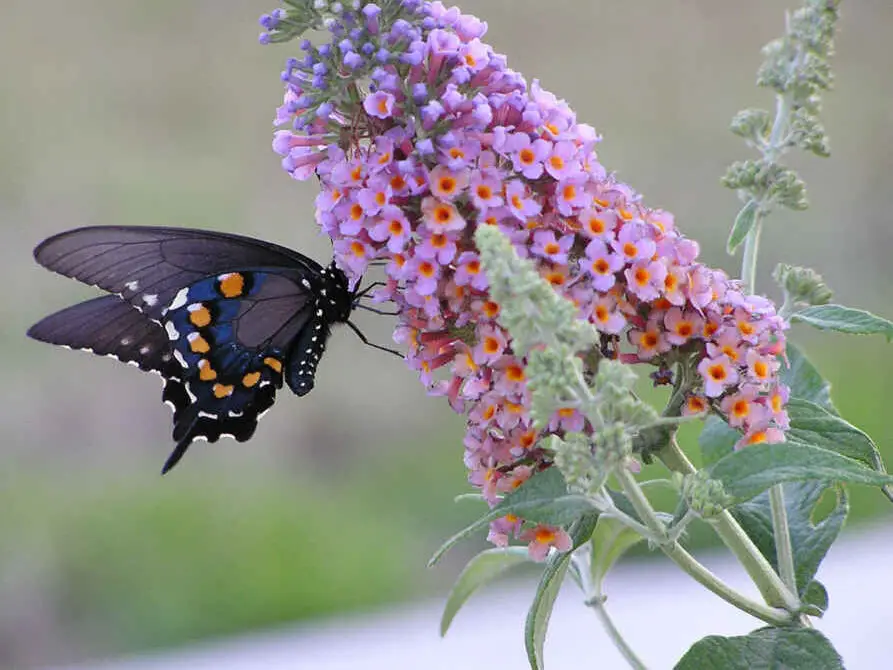
Butterfly bush has long been a darling of backyard pollinator gardens, thanks to its fragrant blooms and appeal to butterflies. But according to the USDA, it’s now considered invasive in several states, including Oregon and Washington, because it displaces native plants and fails to support native caterpillar species. While it attracts adult butterflies, it doesn’t nourish larvae, creating a harmful imbalance in local ecosystems. As environmental priorities shift, more states are considering outright bans or regulated sale of this plant.
Some gardeners are already swapping butterfly bush for native alternatives like joe-pye weed or milkweed. These options offer the same visual impact without the ecological downsides. State by state, regulations are quietly shifting in favor of biodiversity. So if your local nursery still sells butterfly bush, its days may be numbered.
2. Purple Loosestrife (Lythrum salicaria)
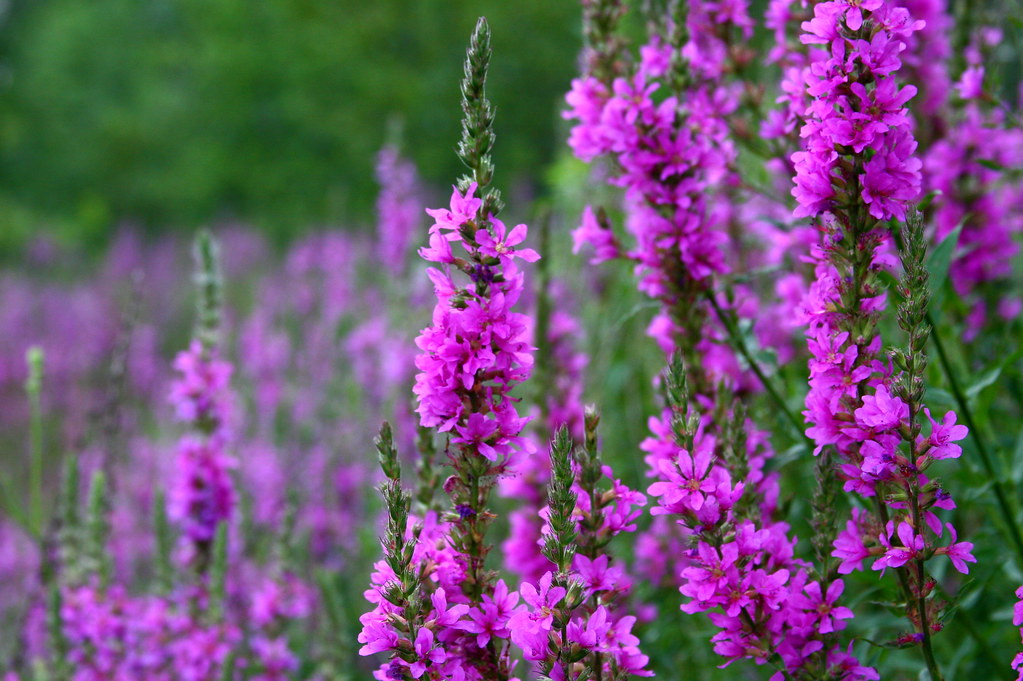
With its vibrant purple flowers, purple loosestrife is easy to love—but it’s also easy to lose control of. As National Park Service has reported, this aggressively spreading plant can choke out wetlands and marshlands, damaging essential habitats for birds, amphibians, and aquatic life. It’s already banned or regulated in more than half of U.S. states, including Minnesota, Illinois, and Massachusetts. Conservation experts have been warning about it for decades, yet it still shows up in some backyard gardens.
Its ability to reproduce rapidly and resist removal makes it a top target for future restrictions. Even ornamental varieties touted as “sterile” have proven to cross-pollinate and cause ecological harm. Gardeners who want to stay ahead of potential legal changes should look into planting obedient plant or blazing star instead. The risk of fines—or worse, environmental damage—isn’t worth the short-term beauty.
3. English Ivy (Hedera helix)
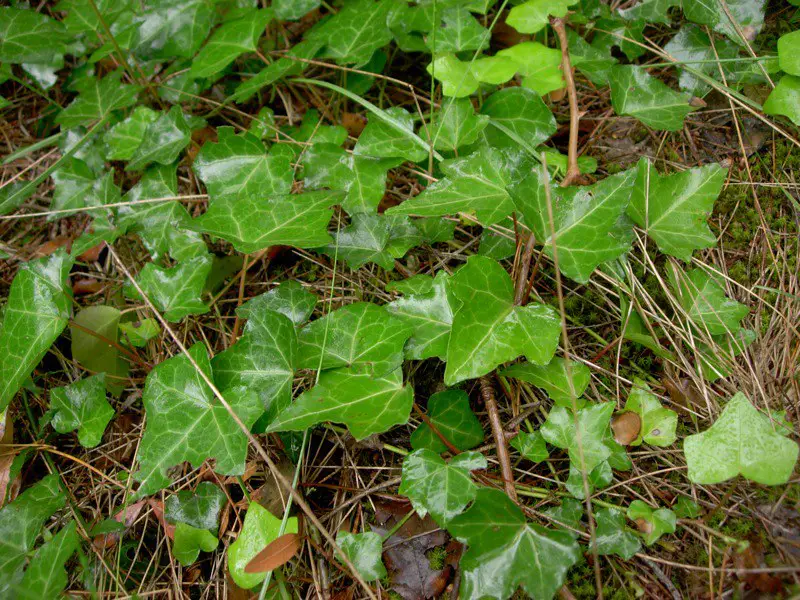
English ivy might look romantic climbing up a brick wall, but it’s increasingly being treated as a serious environmental threat. The New York Times has noted that this fast-growing vine is known for smothering native vegetation and weakening trees by stealing their sunlight and nutrients. It’s classified as invasive in several states, including Oregon, California, and parts of the Southeast. Local ordinances and homeowners’ associations are starting to restrict its use entirely.
The problem isn’t just aesthetic—ivy damages buildings, cracks foundations, and harbors pests like rodents and mosquitoes. While once praised for its low maintenance, it’s become a maintenance nightmare for many. Experts recommend removing it altogether and replacing it with native groundcovers like creeping phlox or wild ginger. In some areas, continuing to grow it could soon carry penalties.
4. Bamboo (Certain Running Varieties)
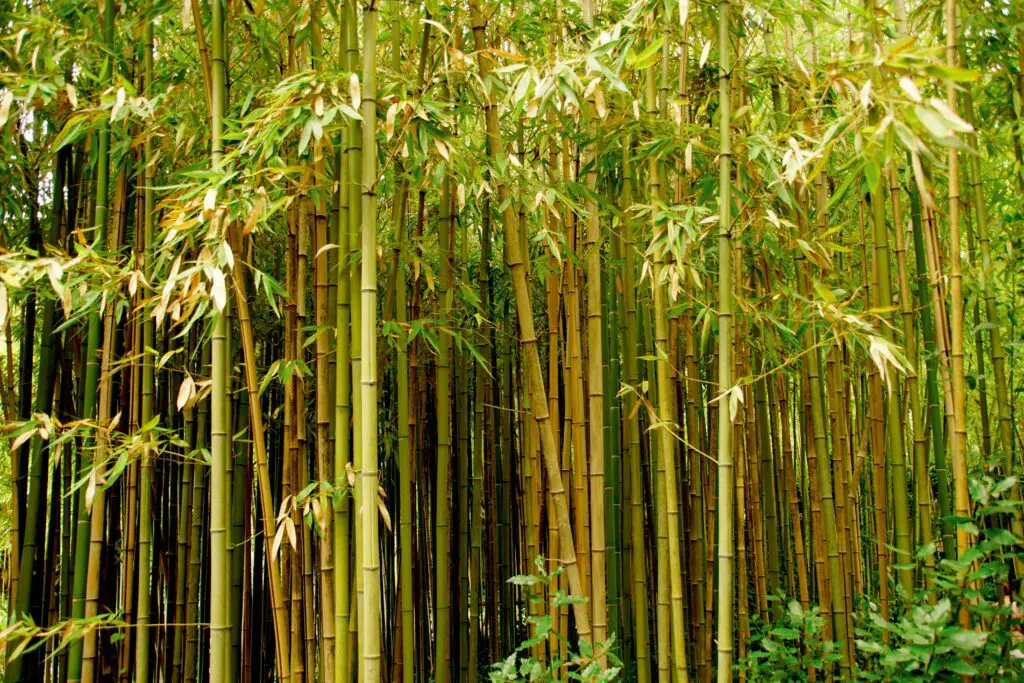
Bamboo may evoke images of serene Zen gardens, but the reality in suburban neighborhoods is often chaos. Better Homes & Gardens reports that certain types of running bamboo can spread uncontrollably, damaging fences, sidewalks, and even underground utilities. It’s already banned or heavily regulated in states like New York, Connecticut, and parts of California. More local governments are considering similar measures due to the headaches it causes.
Even when planted with root barriers, bamboo has been known to escape and spread to neighboring properties. Lawsuits over damage caused by bamboo roots are on the rise. If you love the look, clumping bamboo varieties or other vertical grasses offer a safer alternative. But don’t be surprised if your town soon bans the invasive types entirely.
5. Callery Pear (Bradford Pear)

Once celebrated for its pretty white blossoms and symmetrical shape, the Bradford pear has fallen from grace. These trees, part of the larger Callery pear family, are now viewed as one of the most invasive trees in the Southeast and Midwest. They’re prone to splitting in storms and their weak limbs cause maintenance issues. More concerning is their ability to spread into forests, outcompeting native species.
Several states, including Ohio and South Carolina, have already passed legislation to phase them out or ban their sale. While some homeowners still view them nostalgically, urban planners and conservationists are saying goodbye. If you’re considering new landscaping, skip the pear in favor of serviceberry or redbud. Future laws may make that choice for you anyway.
6. Yellow Flag Iris (Iris pseudacorus)
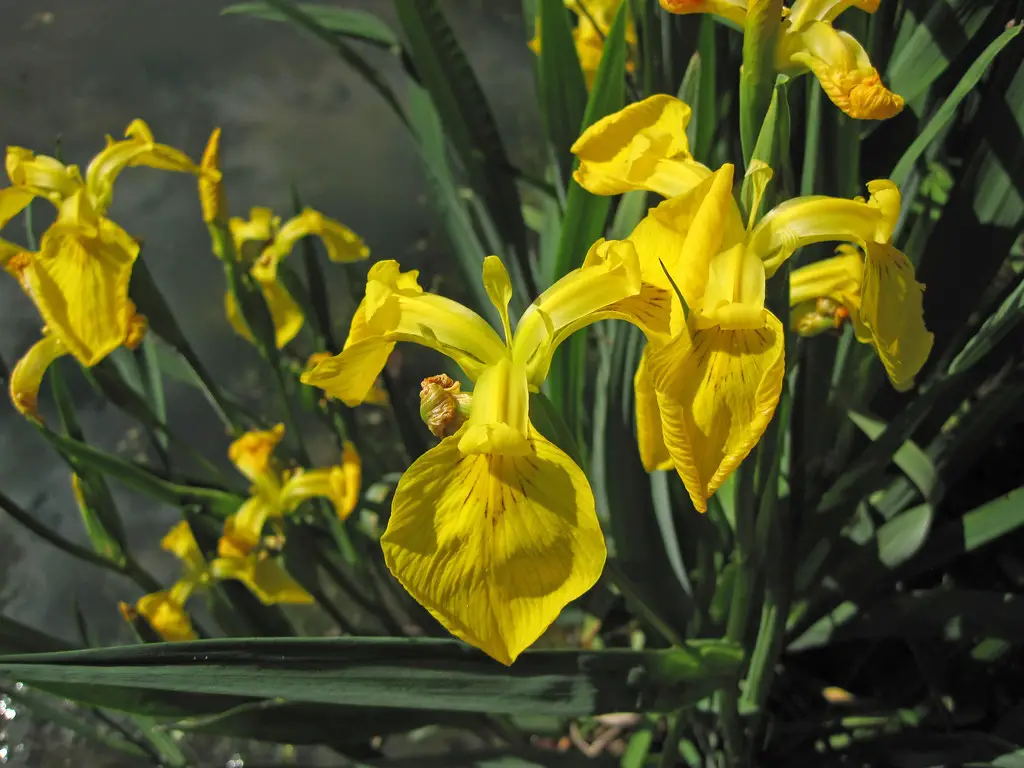
Yellow flag iris looks harmless and even cheerful—but it’s anything but. Found near ponds and streams, it spreads aggressively and outcompetes native wetland plants. Its thick roots form dense mats that alter water flow and crowd out species that wildlife depend on. Some states already list it as a noxious weed and prohibit its sale or planting.
Despite its showy flowers, it doesn’t offer much ecological benefit. In fact, its sap can irritate skin, making it an unpleasant surprise for gardeners. Native blue flag iris offers a similar aesthetic with far less risk. As more states recognize the threat, expect to see laws tightening around this water-loving invader.
7. Russian Olive (Elaeagnus angustifolia)

Russian olive trees were once planted for erosion control and as ornamental shade trees, especially in dry Western states. But they’ve since become a menace, spreading aggressively in river corridors and grasslands. These trees fix nitrogen in the soil, changing nutrient balances and crowding out native cottonwoods and willows. Several states, including Colorado and New Mexico, have banned them outright.
They also have sharp thorns and tough roots that make removal costly and time-consuming. While they do offer habitat to some birds, their ecological damage outweighs their benefits. Replacing them with native shrubs like chokecherry or elderberry is a smarter, safer choice. Legal bans are likely to spread as more regions reevaluate their environmental impact.
8. Kudzu (Pueraria montana)
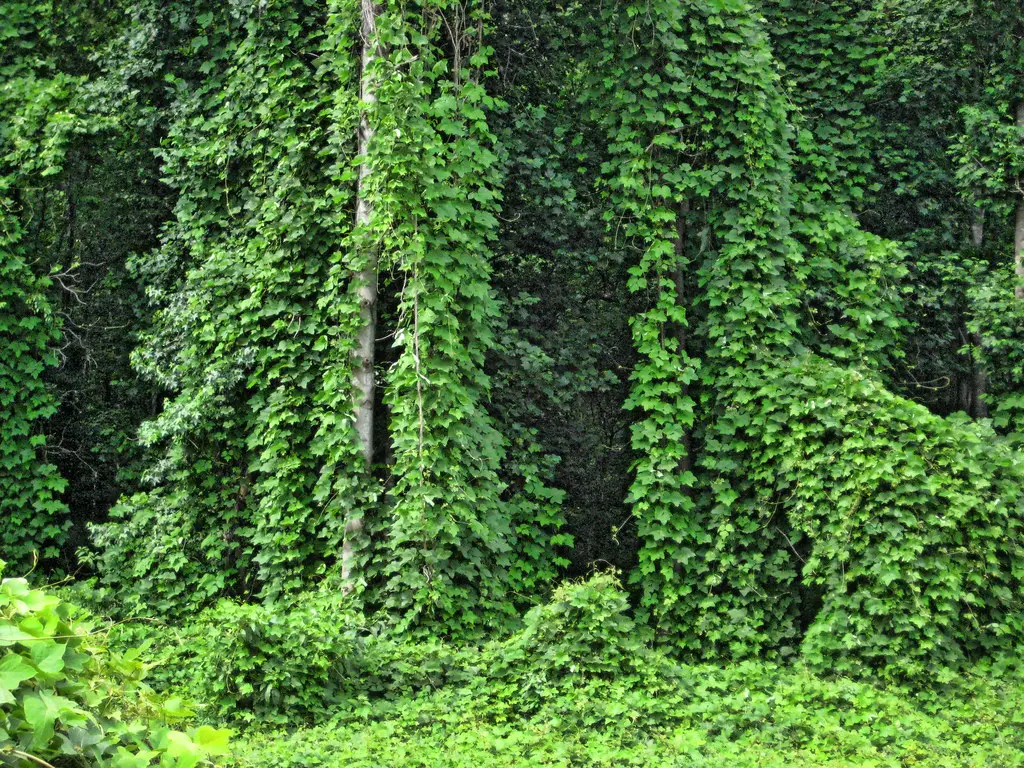
Kudzu is already infamous in the Southeast for its fast-growing, vine-like spread. Nicknamed “the vine that ate the South,” it’s known for covering entire trees, buildings, and power lines. It was originally introduced as erosion control but quickly got out of hand. It’s now illegal to plant in many states, and more are reinforcing those laws with stricter penalties.
Kudzu’s aggressive growth chokes native plants and trees, creating ecological deserts. Its spread is also extremely difficult to reverse once established. If you spot it in your yard, don’t wait—it needs immediate removal. While it’s long been a cautionary tale, future legislation will only continue to clamp down on its presence.
9. Scotch Broom (Cytisus scoparius)
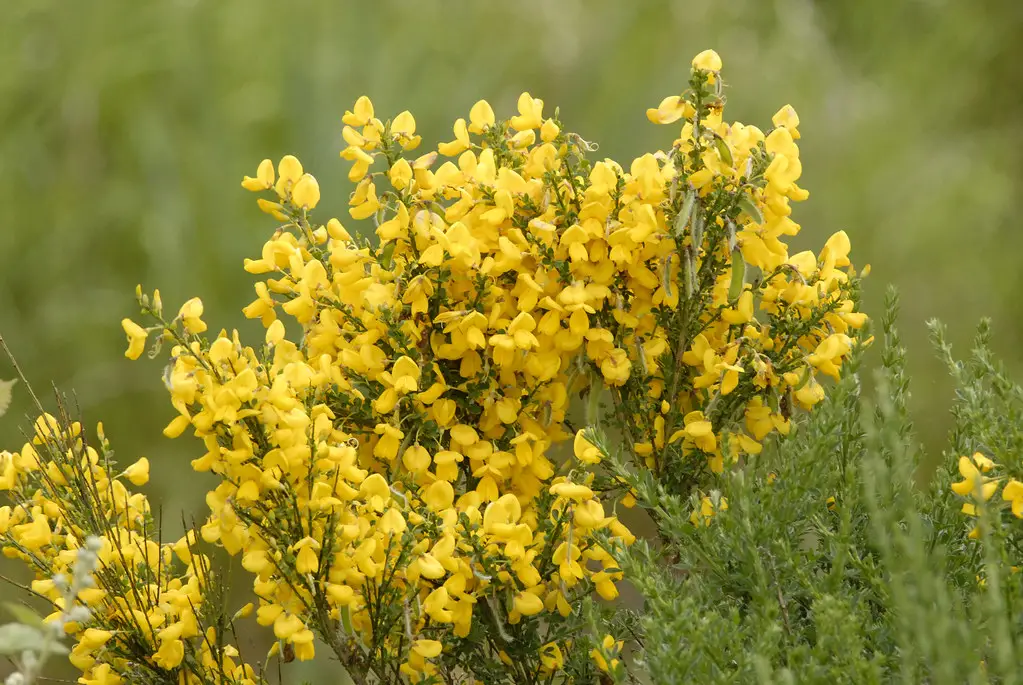
With its bright yellow flowers and evergreen foliage, Scotch broom was once a favorite for erosion control. But it’s now a major fire hazard in parts of the Pacific Northwest and beyond. It spreads quickly in disturbed soils and forms dense stands that crowd out native vegetation. Fire departments have even begun warning residents of its role in increasing wildfire risks.
Several states and counties have started aggressive eradication programs. Homeowners who still grow it may soon be asked—or forced—to remove it. If you’re after a vibrant yellow bloom, opt for golden currant instead. It’s far safer and better for local ecosystems.
10. Multiflora Rose (Rosa multiflora)
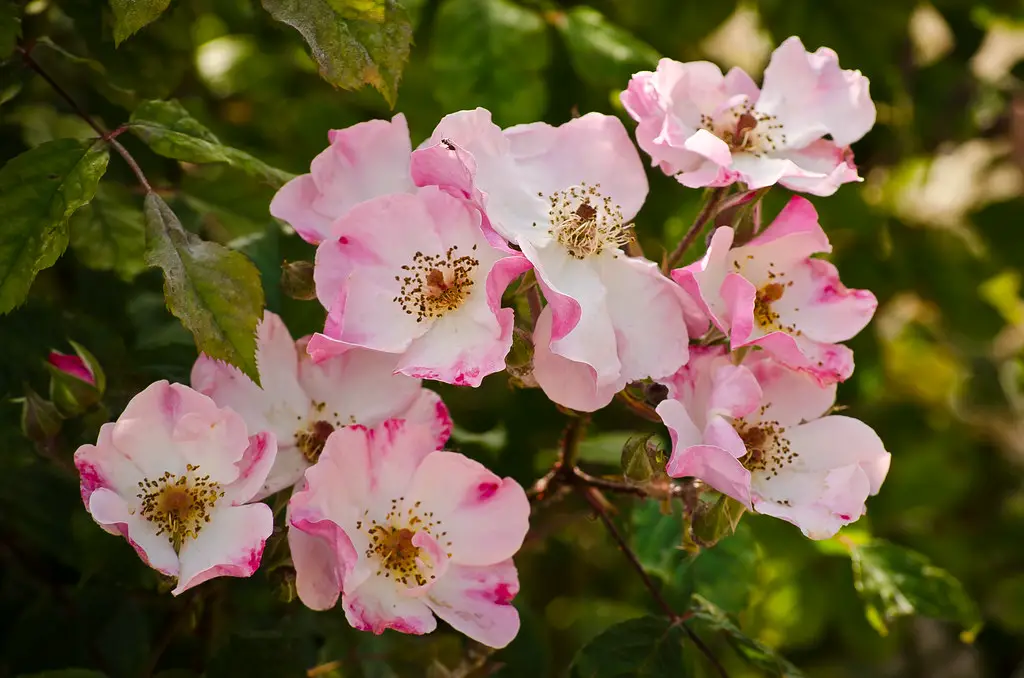
Multiflora rose might sound lovely, but it’s anything but gentle. Originally introduced as a living fence and for wildlife cover, it’s now classified as a noxious weed in multiple states. It produces dense thickets that are difficult to manage and nearly impossible to walk through. Its rapid growth overwhelms pastures, forests, and even roadsides.
Birds spread its seeds far and wide, contributing to its swift invasion. Removing it often requires repeated effort and herbicide treatment. Conservationists recommend avoiding it entirely and planting native rose species instead. If it’s not already banned where you live, it may be soon.
11. Wisteria (Chinese and Japanese Varieties)
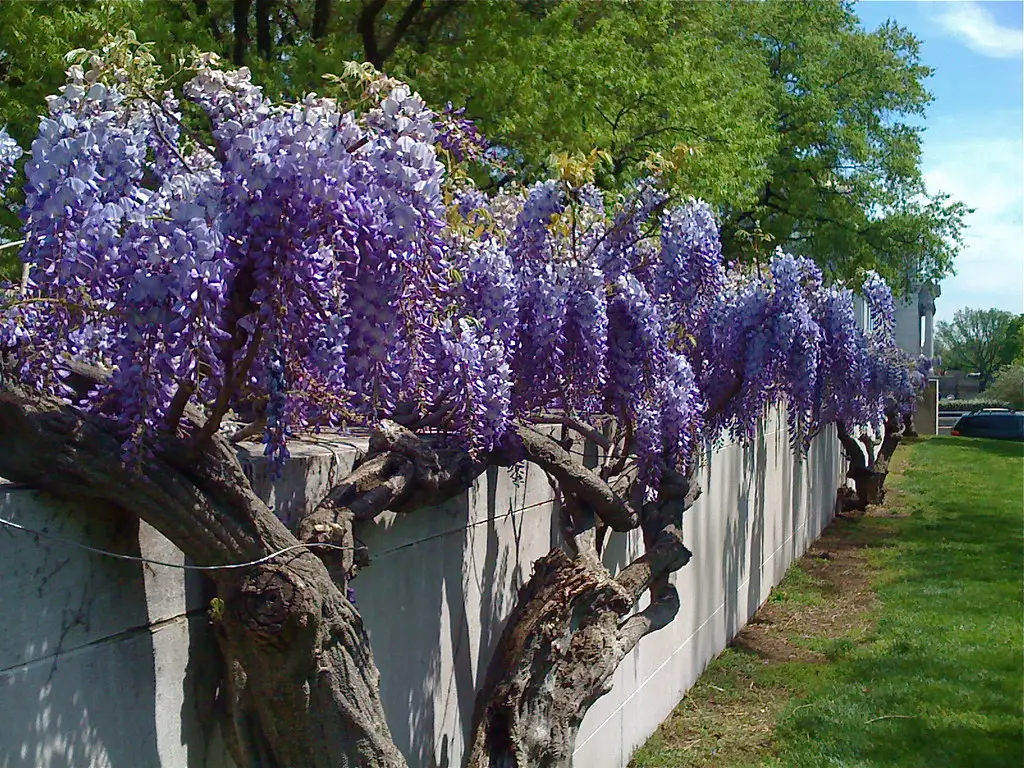
Wisteria’s cascading purple blooms are undeniably beautiful, but the non-native varieties can be shockingly destructive. Chinese and Japanese wisteria are known for their aggressive twining vines that can strangle trees and damage structures. Once established, they’re extremely difficult to control and often require chemical treatments to remove. States across the South and Mid-Atlantic are evaluating whether stricter regulations are necessary.
If you love the look, American wisteria offers a more well-behaved alternative. It’s native, less invasive, and just as visually impressive when in bloom. While no nationwide ban exists yet, the writing’s on the wall. Gardeners would be wise to think twice before planting this beauty.
